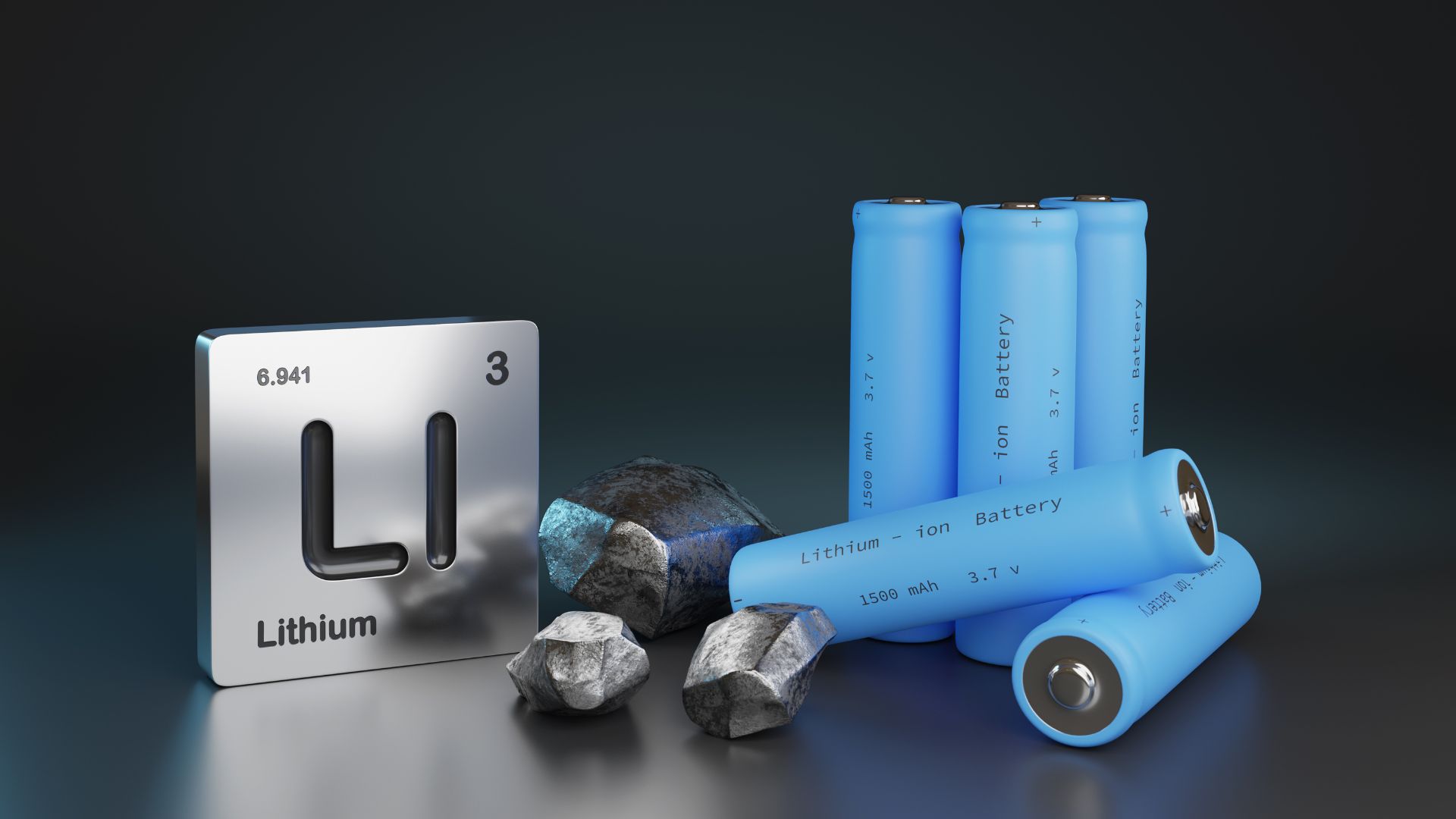Lithium-ion (Li-ion) batteries are commonly used in various applications, including electric vehicles, consumer electronics, and energy storage systems. There are several types of Li-ion batteries, each with its own unique characteristics and advantages. Here are the main types:
- Lithium Cobalt Oxide (LiCoO2):
- This type of Li-ion battery is one of the most common and widely used.
- It offers high energy density, making it suitable for applications where compact size and lightweight are essential, such as in laptops and smartphones.
- However, LiCoO2 batteries can be prone to thermal runaway and have limited cycle life compared to other types.
- Lithium Iron Phosphate (LiFePO4):
- LiFePO4 batteries are known for their excellent safety performance and long cycle life.
- They have a lower energy density compared to LiCoO2 batteries but offer better thermal stability and are less prone to thermal runaway.
- LiFePO4 batteries are commonly used in applications where safety and durability are critical, such as in electric vehicles and energy storage systems.
- Lithium Manganese Oxide (LiMn2O4):
- LiMn2O4 batteries offer a balance between safety, energy density, and cost.
- They have good thermal stability and can withstand high charge and discharge rates, making them suitable for power tools, electric bicycles, and some automotive applications.
- However, LiMn2O4 batteries may have slightly lower energy density compared to other types.
- Lithium Nickel Manganese Cobalt Oxide (LiNiMnCoO2 or NMC):
- NMC batteries are a versatile option that combines the advantages of nickel, manganese, and cobalt chemistries.
- They offer a good balance between energy density, power capability, and cycle life.
- NMC batteries are commonly used in electric vehicles, power tools, and stationary energy storage systems.
- Lithium Nickel Cobalt Aluminum Oxide (LiNiCoAlO2 or NCA):
- NCA batteries are known for their high energy density and excellent performance at elevated temperatures.
- They are commonly used in high-performance applications, such as electric vehicles and certain consumer electronics.
- However, NCA batteries may have lower cycle life compared to other types, and they can be more expensive.
These are the main types of Li-ion batteries, each offering a unique combination of characteristics suited to different applications and requirements. Advances in battery technology continue to drive improvements in energy density, safety, and cost, expanding the potential applications of Li-ion batteries across various industries.
